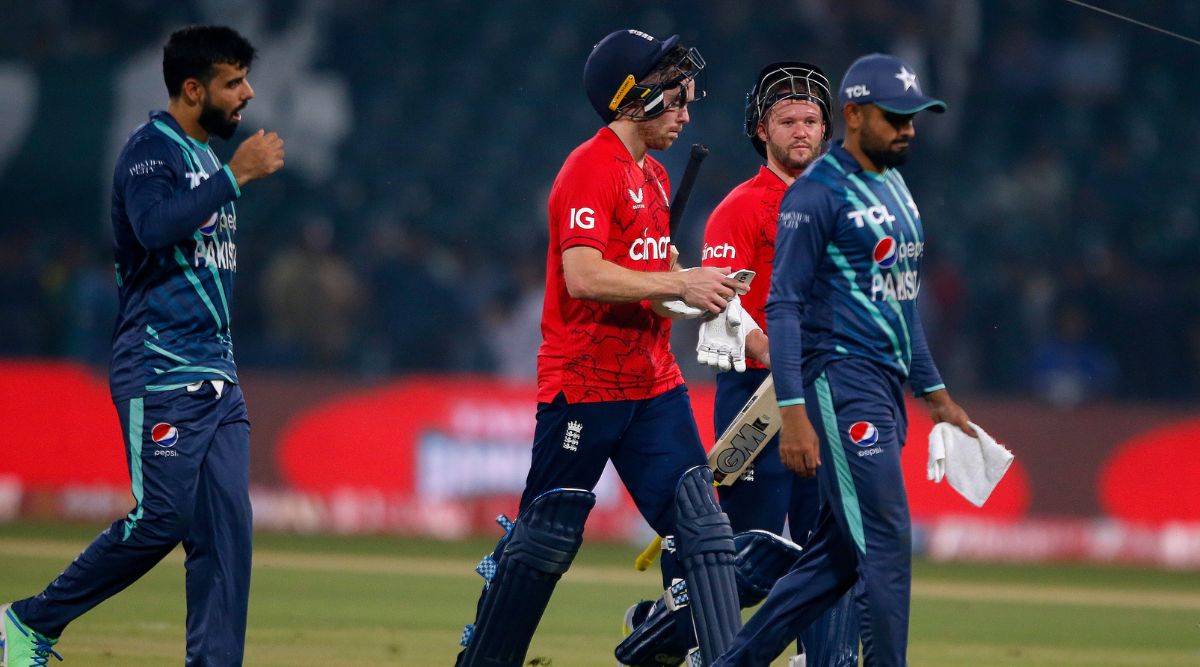As a child, and well into my teens, the festival I loved the most was Holi. For days before, my friends and I would plan for our buckets full of water-filled balloons, test and retest our pichkaris, and select our choice of colour for gulal. I could hardly wait for the morning of Holi, when the mock battles and ambushes would start, a riot of fun and laughter, that would last till late afternoon. Later, for many years, my wife and I and a friend hosted a Holi party on his farm, whose highlight was Dilli ka Khana. It was a vegetarian meal, with the best chaat from the old city, and bedwa aaloo.
Even then, I was surprised that many people, especially from the ‘upper crust’, kept away from Holi. They considered it too boisterous, almost an encroachment on their exclusivity. Some, of course, were allergic to gulal, or did not like ‘wet Holi’, but many just thought that the festival was too ‘native’, too raucous, encouraging people of dubious pedigree to be too ‘familiar’. These ‘brown sahebs and memsahebs, looked disdainfully at the uninhibited fun the ‘masses’ were having.
Actually, the celebration of Holi is related to season and sowing. It marks the arrival of spring, with its riot of colours, a new phase in the annual cycle of change and renewal. That is why it is held at the end of winter, on the last full-moon day of the Hindu luni-solar calendar, mostly in March but on occasion in February also. It is equally an invocation for a good spring harvest season. In 17th century literature, Holi is primarily linked to agriculture, a carnival to express the hope that the land will remain fertile.
In fact, in this context, Holi is a very ancient festival. It is mentioned in several of the Puranas and is referred to also by Kalidas in the 4th century CE. The Bhagwata Purana in its seventh chapter refers to the legend of Prahlad and Holika, where Lord Vishnu, in his incarnation of Narasimha kills Hiranyakashipu, the leader of the asuras or demons.
Holi then, starting with the bonfires lit on its eve, commemorates the triumph of good over evil. Lord Shiva too has a link to Holi. According to lore, Holi celebrates the revival of Kaama, the god of love. Kaama was reduced to ashes by Shiva for breaking his meditation. But on the plea of Parvati, and Rati, Kaama’s wife, Shiva revives him. The restoration of Kaama on the fortieth day after Basant Panchami is celebrated as Holi.
But love is truly celebrated most fervently in the Radha-Krishna legend, and its epicentre is in Vrindavana, Mathura and the surrounding region. Krishna smearing Radha with colour, or she, taking him by surprise and drenching him, is one of the most enjoyable aspects of their eternal love-lore. The men and women of Braj still play Holi as though each of them was Krishna and Radha. There is a popular local saying: Jag Holi, Braj Hola (The world plays Holi, the people of Braj Hola). A sensuous undercurrent permeates the celebrations, signifying a conscious negation of inhibition in the name of divine precedent. The animating mythology takes on different forms. At Barsana, it is Lathmar Holi, where the women take sticks and beat the men who have improvised shields to protect themselves. At Chirkula, the ladies strip the men of their clothes, and use the shreds to whip them. In Javgaon, there is the excitement of the forbidden, as wives play uproarious Holi with their husband’s elder brothers.
Masti is a word typical to India and difficult to render in the English language. It is a combination of ecstasy and joy and heedless abandon. A feel of this is evident in the Holi songs of Amir Khusrau (13th century), and later poets like Surdas, Chandidas, Vidyapati, Bihari and Mira Bai. Indeed, Holi has inspired countless works of art, music, and literature.
It is a festival that celebrates love—not just romantic love but the love of life itself. The thumris and songs of Holi, with their playful lyrics and infectious rhythms, capture this spirit perfectly.
However, in recent years, the festival has been marred by excesses—the overuse of synthetic colours, the wastage of water, and incidents of harassment. As unfortunate, is the simulated tension caused by myopic politicians between Hindus and Muslims, when Holi is really a festival that brings—and has always brought—all communities together. Let us in future use this festival as an opportunity to strengthen our bonds with others, and to celebrate the beauty of life. Let us play with natural colours, conserve water, and ensure that everyone can participate in the festivities without fear or discomfort. And let us carry the spirit of Holi with us throughout the year, spreading joy, fostering unity, and embracing the colours of life in all their diversity.





